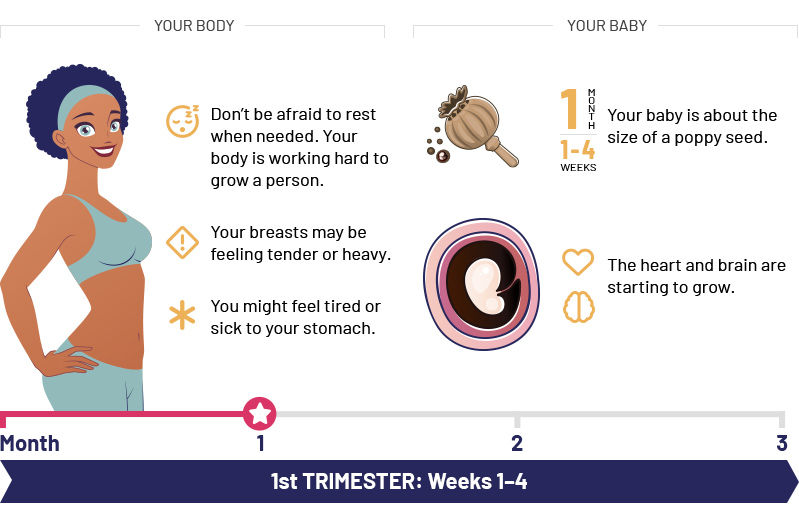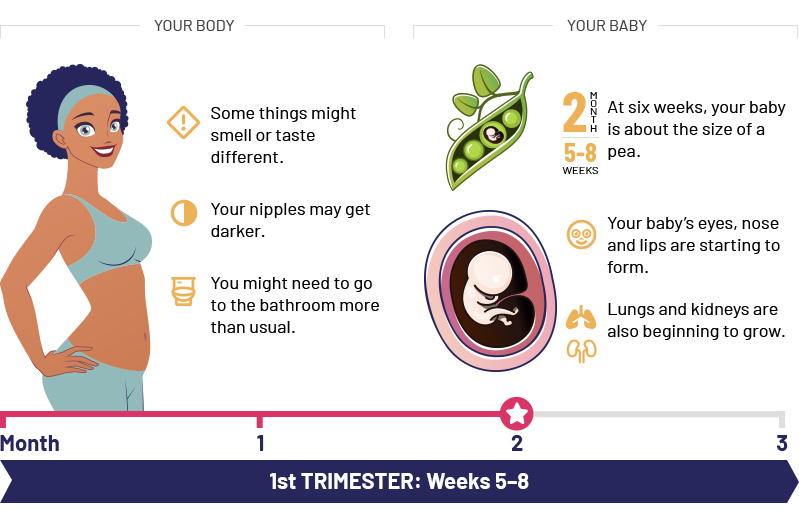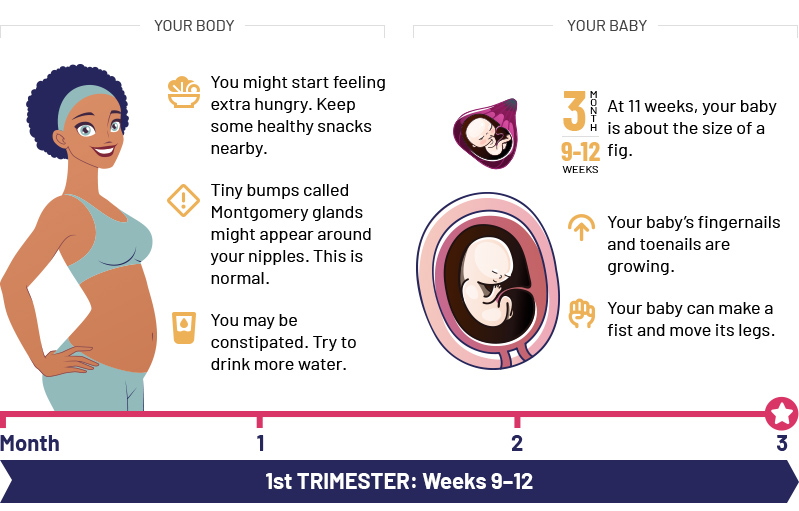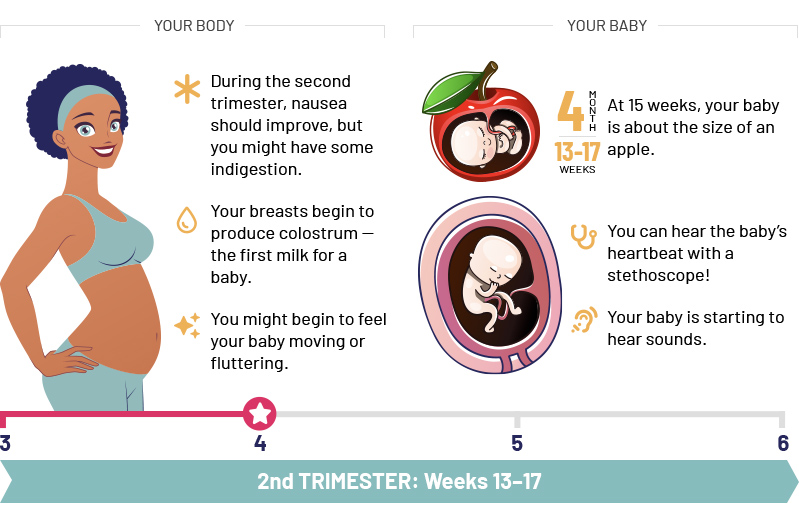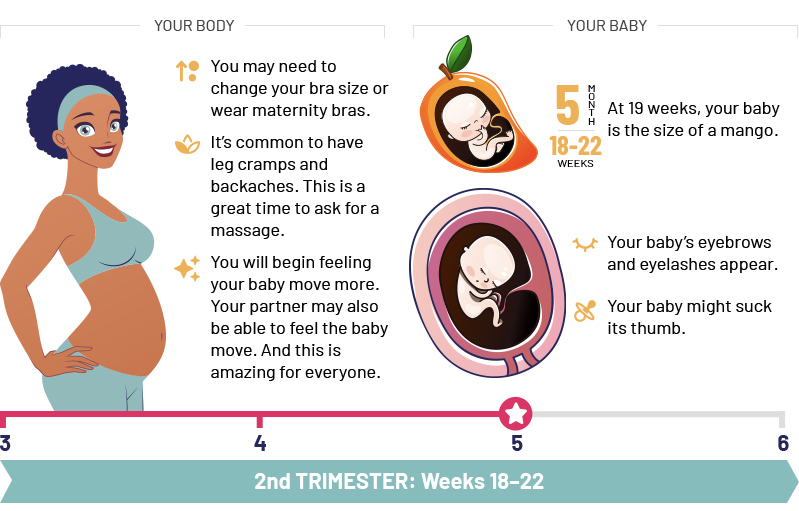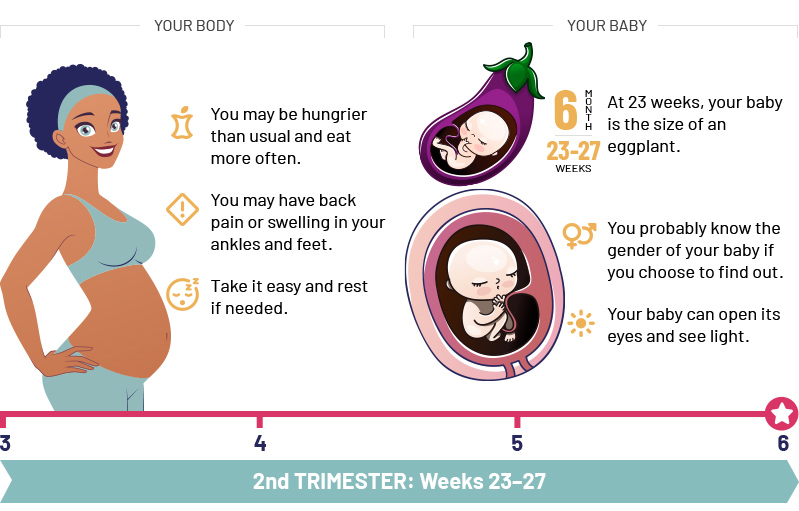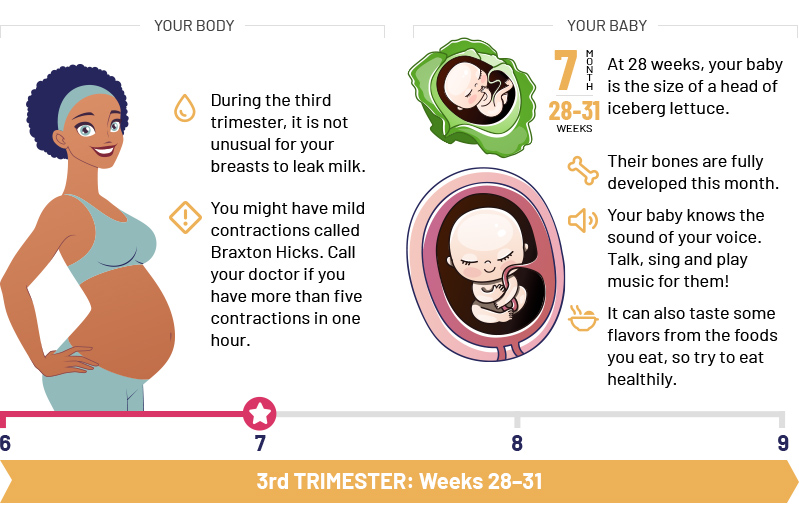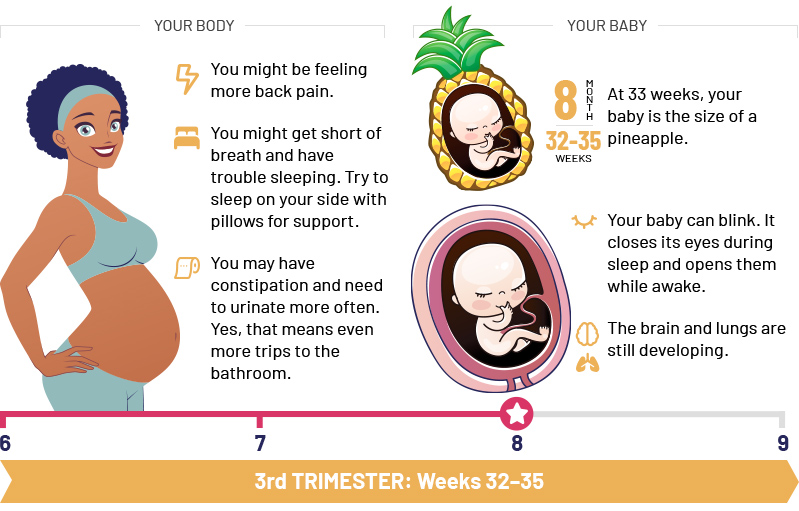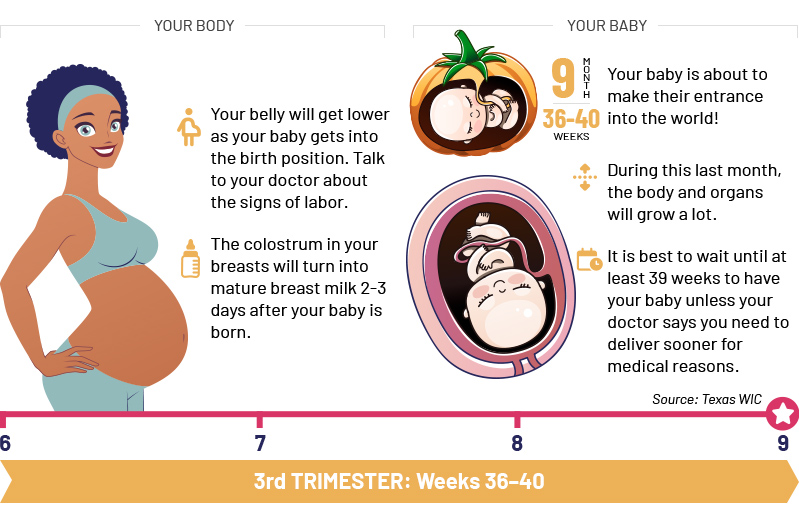Pregnancy is an exciting time of miraculous transformation. Your body and your growing baby undergo incredible changes as your pregnancy progresses. During this time, remember: Be kind to yourself—your body is doing important and amazing work during these nine months. You’re doing great!
Pregnancy
WIC is here for you—for nine months and beyond.

Inspire a lifetime of healthy living with WIC
WIC provides the tools and guidance you need to help you and your family be your best at every stage of life.
WIC is here for you every step of the way, from healthy food and nutritional guidance to breastfeeding support and postpartum tips.
Ideas for healthy snacks

Follow these healthy habits during pregnancy
What to Expect at Every Stage of Pregnancy
Caring For Yourself During Pregnancy
How much weight gain is healthy?
Gaining enough weight to support your growing baby and have a healthy pregnancy is essential when you’re expecting. But while you may have heard that you should gain 25 to 35 pounds while pregnant, the amount of weight to gain during pregnancy differs for every woman. Your pre-pregnancy weight, the number of babies you are carrying and medical conditions may affect how much weight you should gain. To ensure you’re on target, ask your doctor what’s right for you.
Source: American College of Obstetricians and Gynecologists
How many calories should I eat?
Eating well during pregnancy will help you stay healthy, feel your best and provide your growing baby with the best nutrition. But eating for two doesn’t mean simply doubling your food intake.
If you were moderately active and at a normal/average weight pre-pregnancy, your recommended daily intake would be about 2,000 calories.
Pump up the iron. It would be best to have nearly twice as much iron during pregnancy, or 27 milligrams daily.
This mineral makes more blood that carries oxygen to your baby.
Here’s what you’ll need while you’re pregnant

Keep in mind that these are average calorie suggestions. Because every body and every pregnancy is unique, you should check with your doctor to determine your daily caloric needs.
Which foods are best for me?
Good nutrition is essential for a healthy pregnancy and to support your baby’s development. Be sure your diet includes plenty of fruits, vegetables, whole grains, protein foods and fat-free or low-fat dairy products. Make half your plate of fruits and vegetables at every meal, and try to limit foods and beverages with lots of added sugars, saturated fat and sodium.
Source: NCES Health & Nutrition Education adapted from the USDA’s MyPlate.
15 healthy foods high in folic acid
Folic acid is a vitamin that helps promote proper fetal growth and development to reduce the risk of birth defects. The best way to get enough is to take your prenatal vitamin every day, eat a healthy diet and reach for more foods rich in folic acid.
1.Legumes (peas, beans and lentils)
2.Asparagus
3.Eggs
4.Leafy greens (spinach, kale and arugula)
5.Beets
6.Citrus fruits (oranges, grapefruit and lemons)
7.Brussel sprouts
8.Broccoli
9.Nuts and seeds
10.Beef liver
11.Wheat germ
12.Papaya
13.Bananas
14.Avocado
15.Fortified grains
How to eat during pregnancy.
Eating five to six smaller meals throughout the day instead of three large meals can help you feel less full, reduce heartburn and nausea and give you more energy throughout the day. What’s most important is to find the healthy eating routine that works best for you. Here are a few ideas to try:
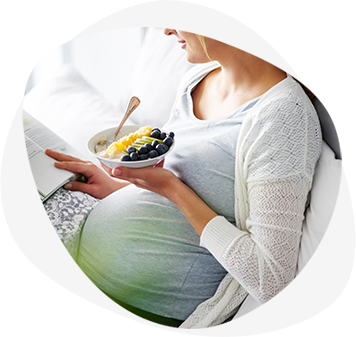
Tips to help manage nausea during pregnancy
Many pregnant women experience nausea at some point during their pregnancy. But for many, the sickness subsides after the first trimester. Here are some ideas to help you settle your stomach and feel better when nausea and vomiting are an issue.

Should I exercise during my
pregnancy?
The Mayo Clinic advises that during pregnancy, exercise can help you stay in shape and prepare for labor and delivery.
- Reduce backaches, constipation, bloating and swelling
- Boost your mood and energy levels
- Help you sleep better
- Prevent excess weight gain
- Promote muscle tone, strength and endurance
Source: The Mayo Clinic
While staying active during your pregnancy is good for you and your baby, there are limitations. Speak to your doctor before you begin an exercise program to find out of it’s OK for you to proceed, how much exercise is recommended and which activities might be best for you.
Practice postpartum self-care.
While you focus on your new bundle of joy during the weeks following delivery, don’t forget to take care of yourself. Your body continues to go through changes after childbirth. And self-care is an essential part of your postpartum care and recovery.

